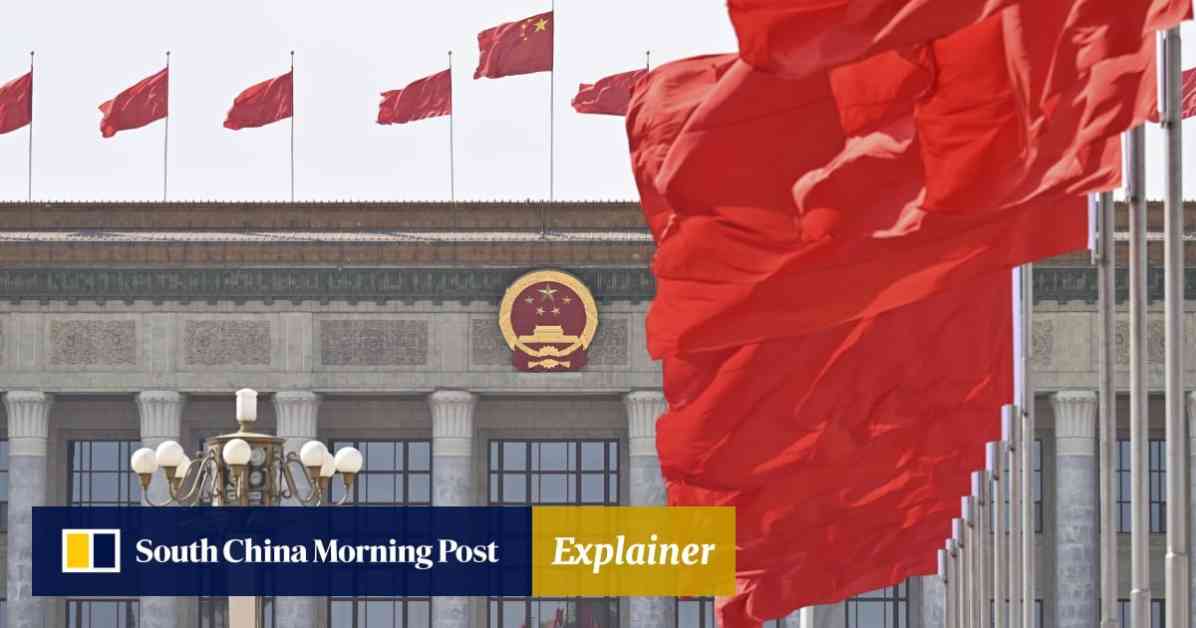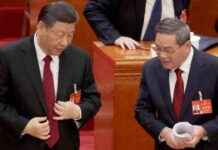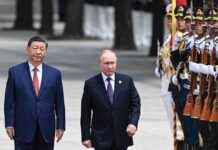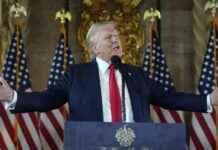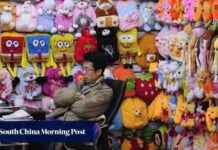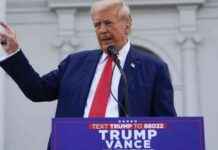China’s Top Economic Agenda at ‘Two Sessions’ Explained
China’s top policymakers are gearing up for the annual “two sessions” in Beijing this week, marking the country’s most significant political event of the year. The National People’s Congress (NPC) and the Chinese People’s Political Consultative Conference (CPPCC) will convene to establish Beijing’s policy direction for 2025 amidst a backdrop of economic challenges.
Navigating a landscape of sluggish domestic demand, deflationary pressures, a prolonged property sector downturn, and escalating US-China trade tensions, Beijing is poised to unveil its major economic targets and policy priorities. These decisions will play a crucial role in steering the country through the turbulent waters that lie ahead.
Setting the Economic Stage
At the forefront of discussions will be the gross domestic product (GDP) growth target for 2025, along with the inflation targets and fiscal stimulus plans that will shape the economic landscape in the coming year. Premier Li Qiang is slated to present the government work report during the opening session of the NPC meeting, where key metrics such as GDP growth and inflation, as measured by the consumer price index (CPI), will take center stage.
Analysts and experts are closely monitoring Beijing’s GDP growth target for 2025, with expectations leaning towards a target of “around 5 per cent”. This figure is seen as a strategic move to instill confidence in the economy and demonstrate Beijing’s unwavering support for growth. However, UBS analysts have expressed skepticism over this ambitious target, citing ongoing growth challenges and uncertainties. Despite this, the Swiss bank has maintained its baseline forecast for 2025 GDP growth at approximately 4 per cent.
Prioritizing Policy Objectives
In addition to GDP growth, Beijing’s economic agenda will also address critical issues such as domestic consumption, housing market risks, and technological innovation. These areas are pivotal in driving sustainable growth and fostering resilience in the face of external pressures.
The focus on bolstering domestic consumption underscores the significance of empowering Chinese consumers to drive economic activity. By stimulating purchasing power and incentivizing spending, Beijing aims to cultivate a robust internal market that can withstand fluctuations in global demand.
Addressing housing market risks will be another key priority, as Beijing seeks to strike a delicate balance between promoting homeownership and averting potential bubbles. By implementing targeted measures to mitigate risks and ensure stability in the property sector, policymakers aim to safeguard against potential downturns that could reverberate across the economy.
Tech innovation is poised to play a transformative role in China’s economic landscape, with Beijing eyeing advancements in areas such as artificial intelligence, 5G technology, and digital infrastructure. By fostering a conducive environment for technological development and entrepreneurship, China aims to position itself as a global leader in innovation and digital transformation.
In conclusion, China’s “two sessions” will serve as a pivotal juncture in shaping the country’s economic trajectory for the year ahead. As policymakers grapple with a complex array of challenges and opportunities, their decisions will reverberate far beyond Beijing, influencing global economic dynamics and shaping the future of China’s role on the world stage.
